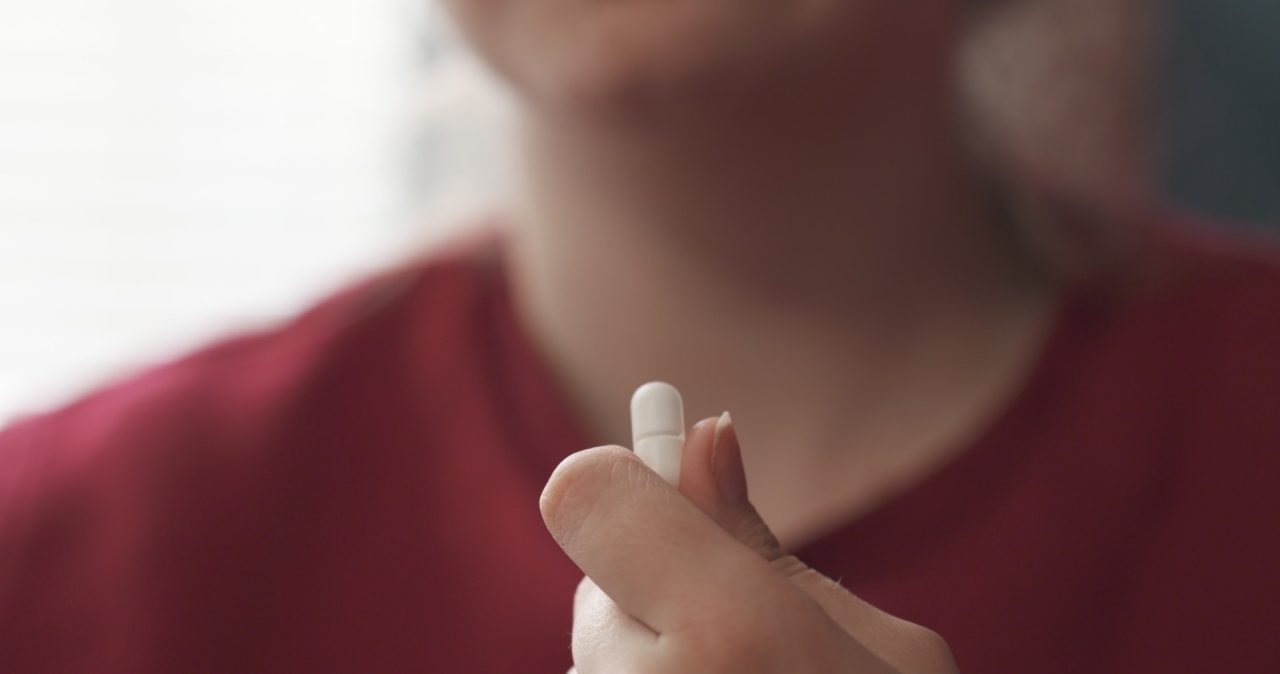Four of the most common SSRIs are approved by the FDA for use in kids and teens, and others that are approved for use in adults are commonly prescribed off-label for adolescents.
Side effects of these medications in adolescents mirror those in adults and include weight gain, gastrointestinal issues, decreased libido and insomnia.

From my standpoint, clinically significant anxiety and depression are medical diagnoses in the same way that asthma or diabetes are.
— Jennifer Derenne
When it’s time for a prescription
Antidepressants are — or should be — prescribed only when a kid or teen has a clinical diagnosis of a mental health condition like major depressive disorder or generalized anxiety disorder, said Jennifer Derenne, MD, clinical professor of psychiatry and behavioral sciences at Stanford Medicine. And even with a diagnosis, they may not be the right choice.
“Clinically significant anxiety and depression are very life-impairing. From my standpoint, these are medical diagnoses in the same way that asthma or diabetes are. We want to offer people evidence-based treatments,” Derenne said. “But just because someone has depression or anxiety doesn’t mean that we need to jump to meds. There are also evidence-based therapy methods that can be really effective.”
In fact, for mild depression, talk therapy such as cognitive behavioral therapy, or CBT, is the preferred first-line treatment option, said Cordelia Ross, MD, clinical assistant professor of child and adolescent psychiatry. Ross is co-director of the Stanford Medicine Pediatric Mood Disorders Clinic where she and other providers see many patients who have moderate to severe depression or who have tried therapy and are still experiencing symptoms of depression.
Antidepressants are often used in combination with therapy for kids with moderate or severe depression as a first-line treatment.
“For those with more severe symptoms, I say, ‘We have effective treatments, why not be open to them if you’re suffering?’” Ross said.
Knowing when a teen needs help
It’s not always easy to spot the signs of depression and anxiety. And that goes double for recognizing these disorders in teens, who naturally undergo major mental and physical changes that could make anyone’s moods fluctuate.
“There are always ups and downs in adolescence,” Derenne said.

Antonio Hardan and Cordelia Ross.
But Stanford Medicine experts say there are key warning signs to look for when assessing what is normal teen behavior and when extra help might be needed.
Look out for the kid’s ability to function in three different arenas of their life, said Antonio Hardan, MD, director of Division of Child and Adolescent Psychiatry. Are they functioning as a member of the family, or are their family relationships disrupted? Are they functioning at school, or have their grades dropped and they’ve lost interest in classes and activities they once loved? Finally, are they functioning with their friends, or have they stopped being social or dropped longtime friendships?
Prolonged changes in these aspects of their lives could indicate depression or other mental health disorders. Or they could be a clue that something else is going on, such as substance abuse or a traumatic life event they haven’t shared with the parents. Either way, it may be time to seek the help of an expert in getting to the bottom of the problem.
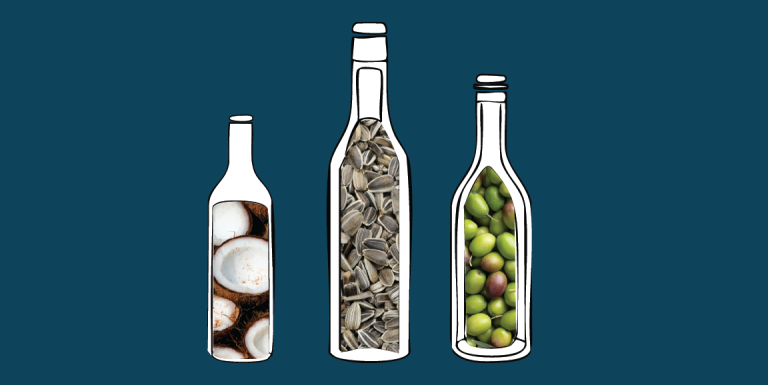
Previous Next
Seed oils: What to know
That ominous block box warning
In 2004, the FDA issued a black box warning that antidepressants could increase the risk of suicidal thinking and behavior in teens. The warning followed an analysis by the agency of nearly 400 different clinical trials of antidepressants which had found that in those under 18 who were taking antidepressants, 4% had suicidal behavior or thoughts as compared with 2% in the placebo groups.
No adolescents in the trials actually died by suicide, but the warning had a big effect — antidepressant prescriptions in kids and teens dropped by more than 30% after 2004. Prescriptions dropped among adults too, even though there was no data to suggest suicidality increased in older age groups. And suicide in teens and young adults jumped dramatically in the decade following the warning, reversing a previous downward trend in suicide rates.
The black box warning stands today, and it remains controversial among the research and medical community because of the chilling effect it’s had on providers and patients to write and accept prescriptions for antidepressants, Ross said. It’s clear that depression itself is a risk factor for suicidal thoughts and behavior.
“I make it very clear to parents that if your child starts this medication and starts to express suicidal thoughts, let me know immediately. That’s an emergency and we take it very seriously,” Ross said. “But I don’t anticipate that happening. I expect suicidality and depression to get better on these medications.”
Very rarely, antidepressants can trigger mania and psychosis in patients with bipolar disorder. In her four years at the mood disorders clinic, Ross has seen that situation once, she said.
How talk therapy fits into the mix
Clinical trials have shown that cognitive behavioral therapy is effective at treating depression in adolescents and is even more effective when combined with antidepressants. But not all therapy is created equal, Hardan said. Even providers claiming to practice CBT might not carry out all the practice’s core tenets, which include specific kinds of training to help patients change their thinking patterns and their behaviors.
“If I prescribe a medicine here in California, and a colleague prescribes that medication in New York City, we can both trust that’s the same drug at the same quality,” Hardan said. “But if I refer a patient to a therapist here, or somewhere else, the quality of the therapy is highly variable. It’s surprising how many adolescents out there are receiving subpar therapeutic intervention.”
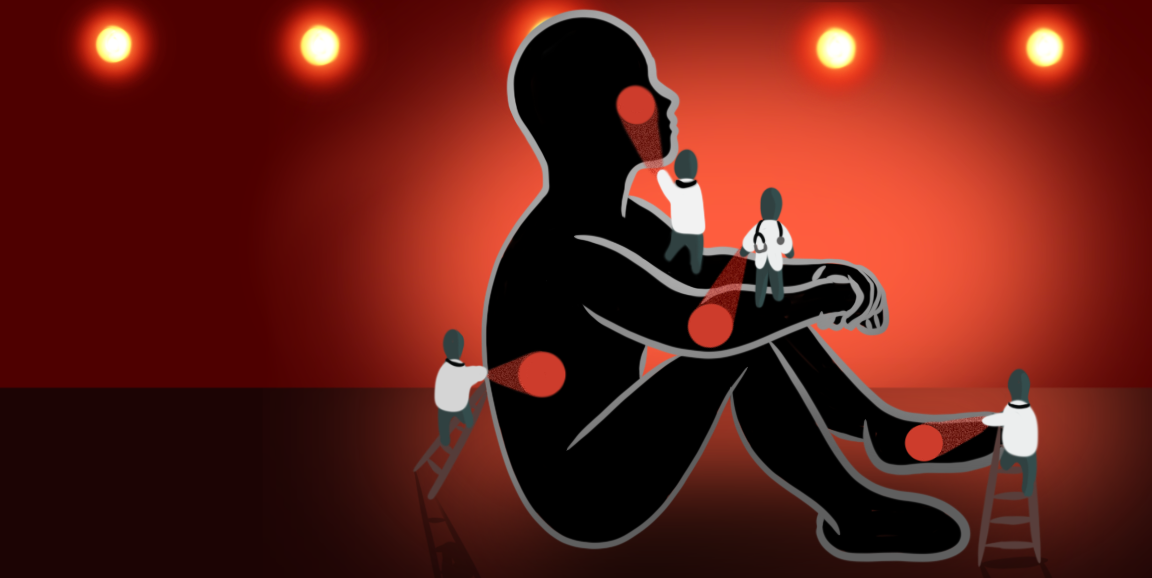
What the Science Says: Red light therapy
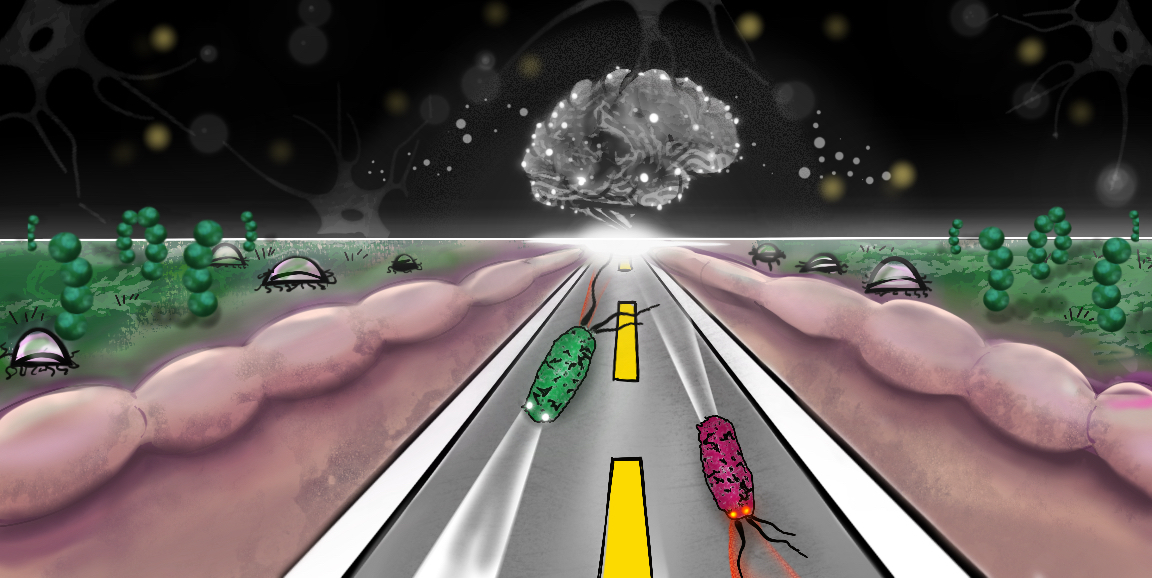
What the Science Says: Gut-brain connection
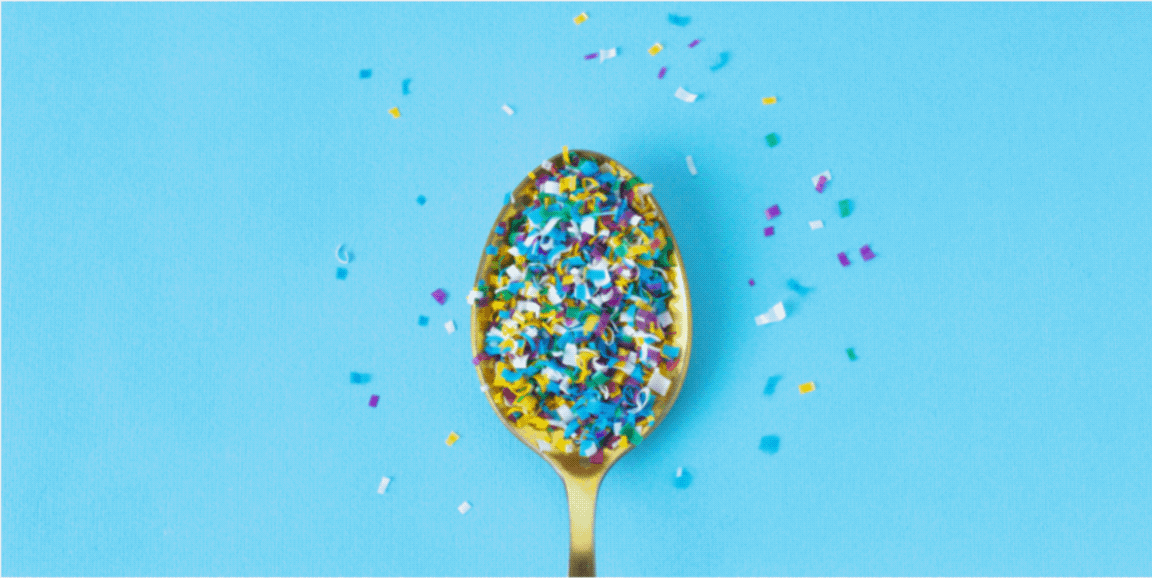
What the Science Says: Microplastics and our health
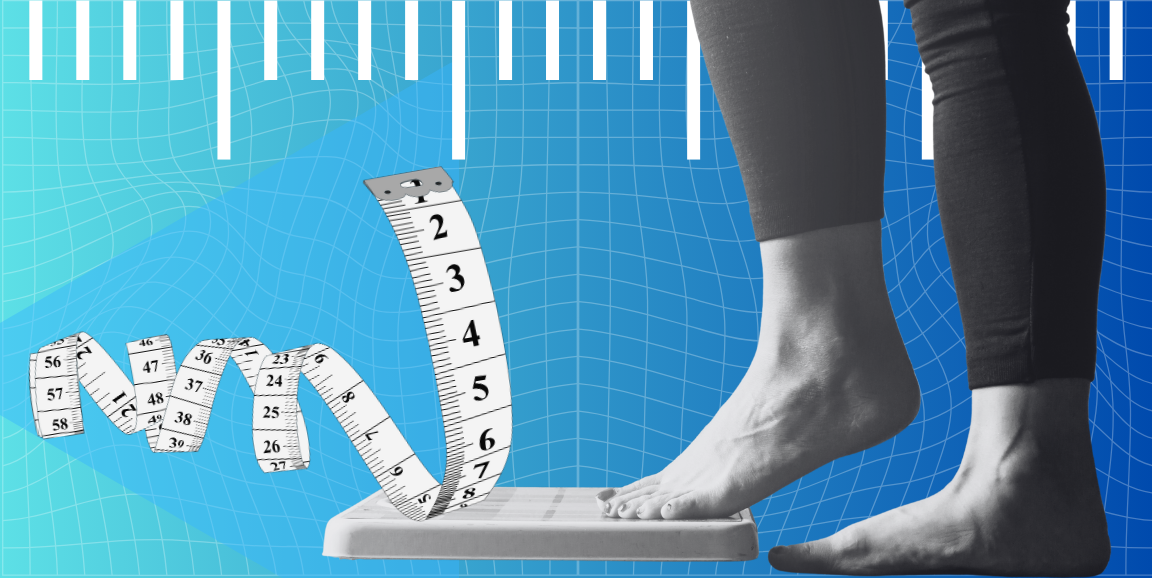
What the Science Says: BMI, aka body mass index
That’s assuming the patient can find a qualified therapist. There’s a shortage of pediatric mental health providers in the U.S., and even families in urban areas with large academic centers like Stanford Medicine struggle to find good therapists who are accepting new patients.
Therapy is also more work for patients, and their parents, than taking pills, Hardan said. The child and their caregivers both must be motivated to learn new approaches to their thinking patterns and practice them at home.
“Parent education is very important. It’s not just, OK, I’m dropping my kid off at the therapist and picking them up an hour later,” Hardan said. “They need to know a little bit about what strategies are being taught and how to evaluate the improvement.”
While there may be more hurdles to therapy than to filling a prescription for an SSRI, it can play an important role in improving mental health. At the end of the day, it’s a personal and family decision to take an antidepressant or not, Derenne said.
“Sometimes when people sit down with me, they’re surprised that I’m not just pushing pills. I’m always going to be respectful of families’ views,” she said. “As a psychiatrist, I believe that medication can be useful in certain situations and it’s an important tool in our toolbox, but it’s not the only intervention.”

